Bicep and tricep workouts: How to do arm exercises with weights
Want to get bigger and stronger arms? Here’s how to do arm workouts with weights
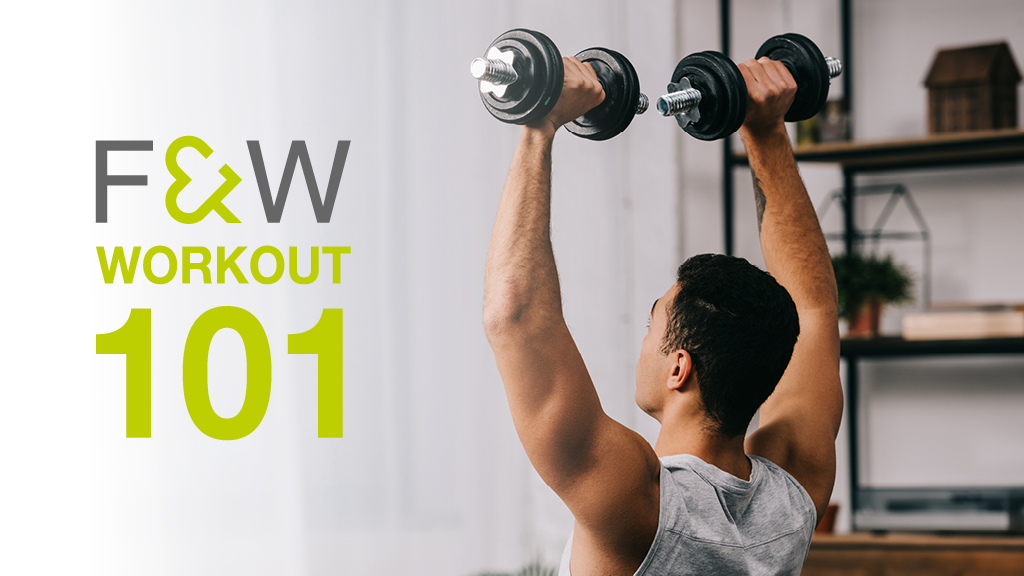

If somebody walks by with muscular arms, you automatically imagine they’ve done a lot of bicep curls. It’s inevitable: the iconic movement is well known to help gym bunnies sculpt large and strong arms, and is widely considered to be one of the best bicep exercises you can do. But just how true is this - and where should we start when it comes to arm exercises with weights?
- Build your home gym with our pick of the best Black Friday weights deals
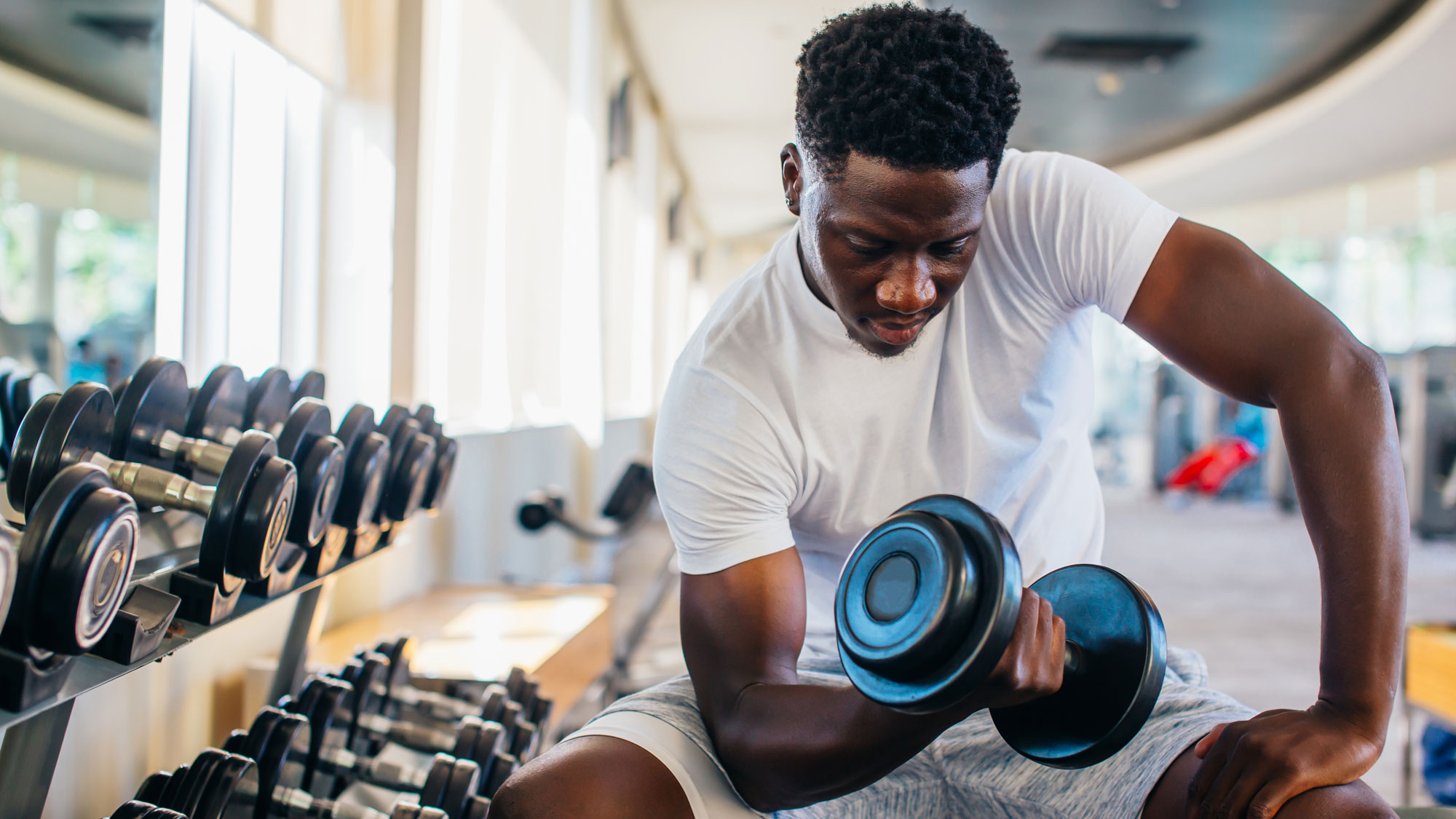
Your upper arms consist of biceps (the muscles on your arms facing inside, the same way as your chest) and triceps (the muscles facing outwards, the same way as your back). Contrary to popular belief, the triceps are actually larger than the biceps, but both muscles need to be worked to make sure you’re not lacking in any particular area.
That’s because your biceps are “pulling muscles”, worked whenever you use your arms to pull something towards you. Your triceps on the other hand are “pushing muscles” worked whenever you push a heavy object away, or practice your push ups on the floor. Almost every other exercise you use to work muscles in your torso will also work your arms.
Arm workouts with weights: Why do them at all?
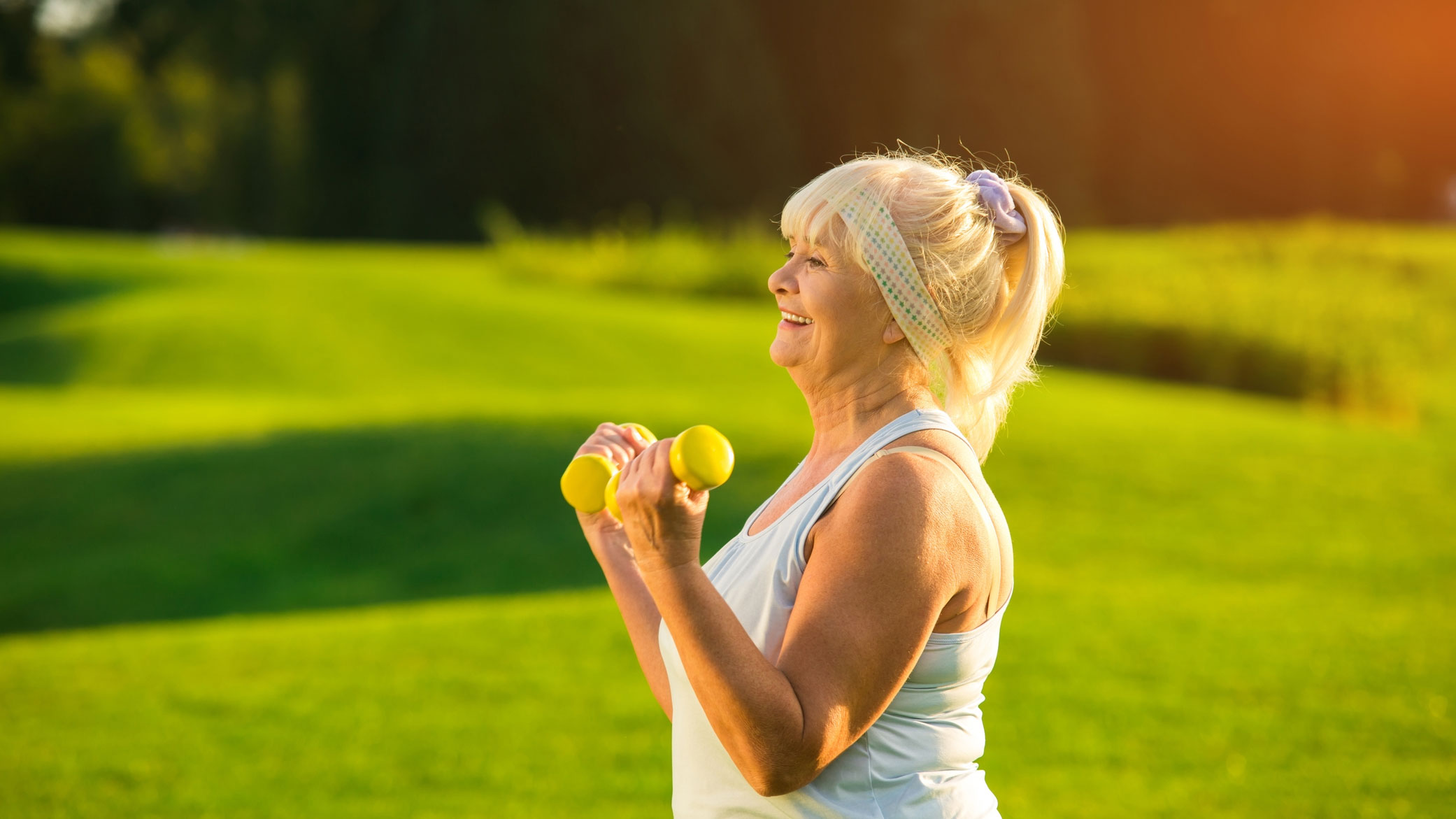
If we train our arms when doing movements like push ups or pull ups, why do we need to do other kinds of exercises?
“Your arms will grow by doing compound exercises and even simply holding heavy things,”, says celebrity PT Scott Laidler. “However, to get arm growth in a very deliberate way, you need to do isolation exercises.”
Isolation exercises are what we call movements that only work the arms, instead of the arms and the other parts of the body. For example, a push up recruits muscles in your arms, chest, shoulders and core. If one of these muscle groups gets tired, you won’t be able to do any more push ups. However, you can still train the other parts of your body with isolation exercises, which is why Laidler recommends leaving them to the end of your workout.
Laidler’s advice is supported by science: a study published in the Journal of Strength and Conditioning Research found your triceps are activated when you perform the tricep extension exercise. This is pretty obvious - after all, they’ve both got “tricep” in the name. However, If you do the exercise after performing a compound exercise like the barbell or dumbbell bench press, the research found your muscles will be activated even more.
Arm workouts with weights: How to get started
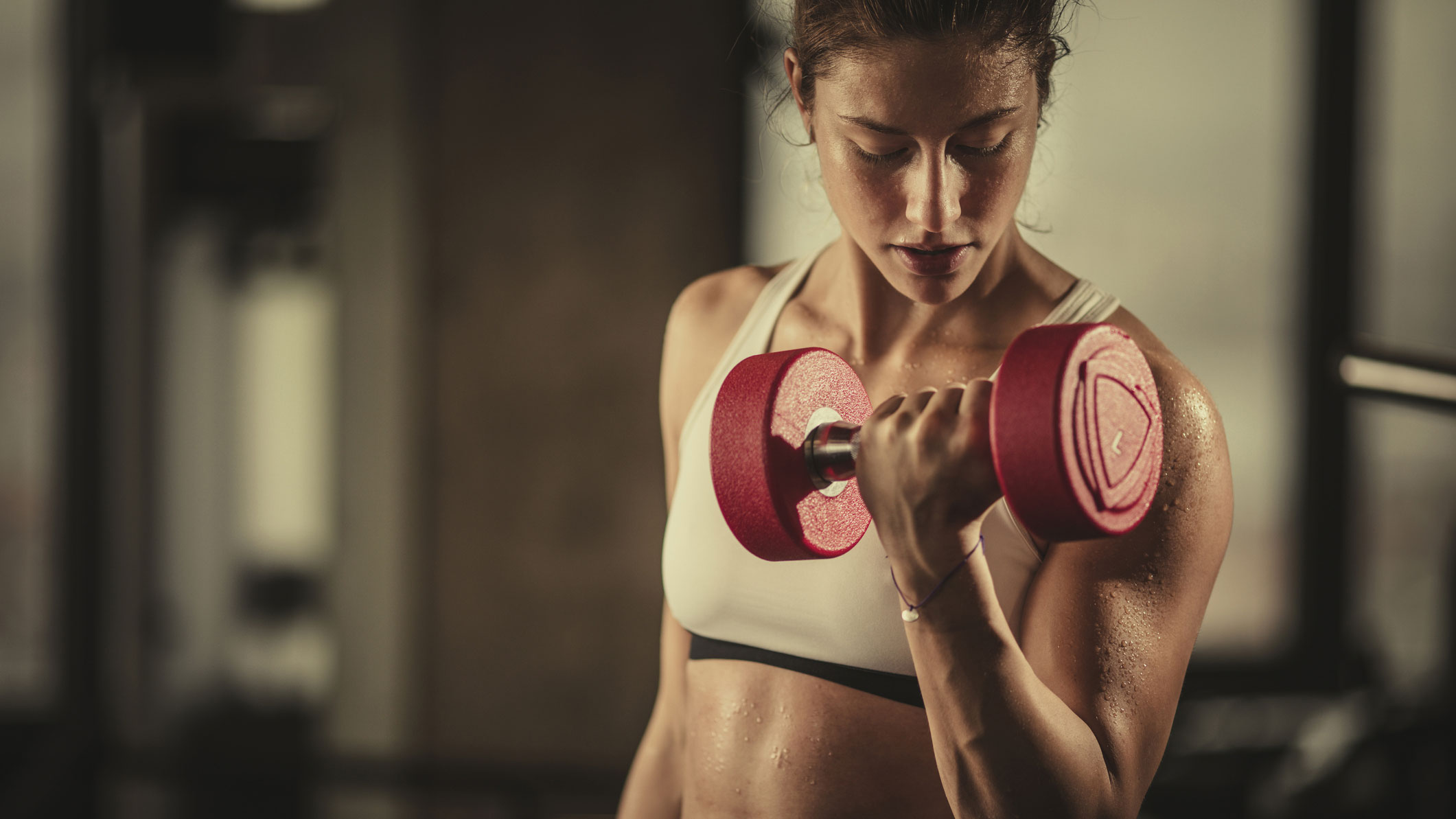
If you’ve decided to train your arms after doing push ups or other compound movements, good for you! You’ll need a set of dumbbells to get started. Don’t worry about it if they don’t feel overly heavy: this could actually benefit you. A study conducted at the University of Florida found doing a full extension with a lighter weight activates the muscle more than doing half reps with a much heavier weight.
Get the Fit&Well Newsletter
Start your week with achievable workout ideas, health tips and wellbeing advice in your inbox.
Make sure you do the exercises at the end of your workout session, rather than the start. If you split your upper-body workouts into “push” and “pull” days, train your triceps at the end of your “push” session and the biceps at the end of your “pull” session. Here’s five moves to get you started on arm exercises with weights.
Standing dumbbell triceps extension
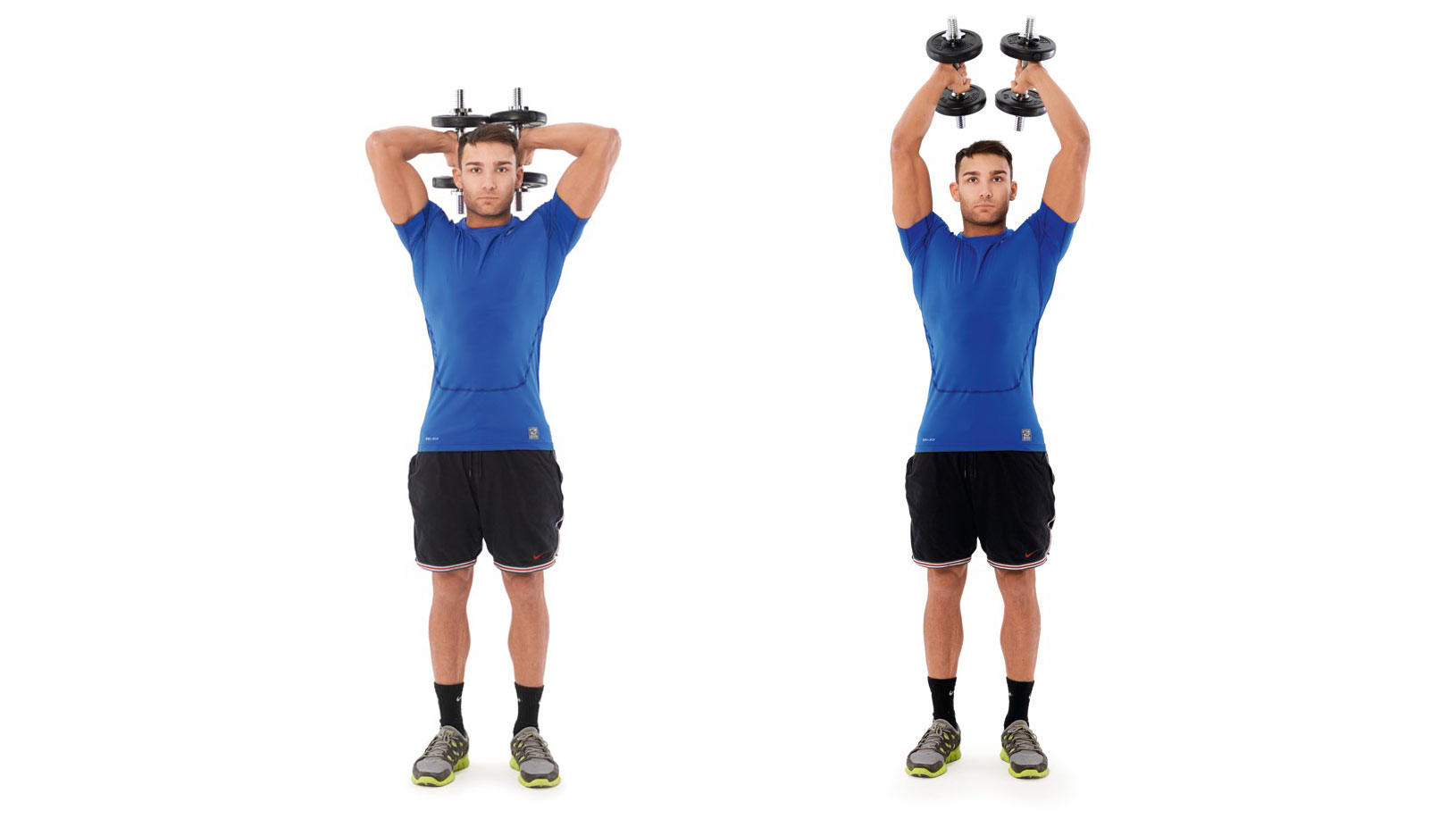
Triceps extensions should be an integral part of any upper body workout. It’s triceps exercises that help build strong muscles on the back of your upper arms.
- Stand tall with your feet hip-width apart. Pick up a pair of dumbbells with an overhand grip and raise them above your head. Your palms should be facing each other.
- Slowly bend back your arms until the end of each dumbbell is touching the top of your back. Pause, before slowly returning to the starting position. That’s one repetition.
Supported dumbbell triceps extension
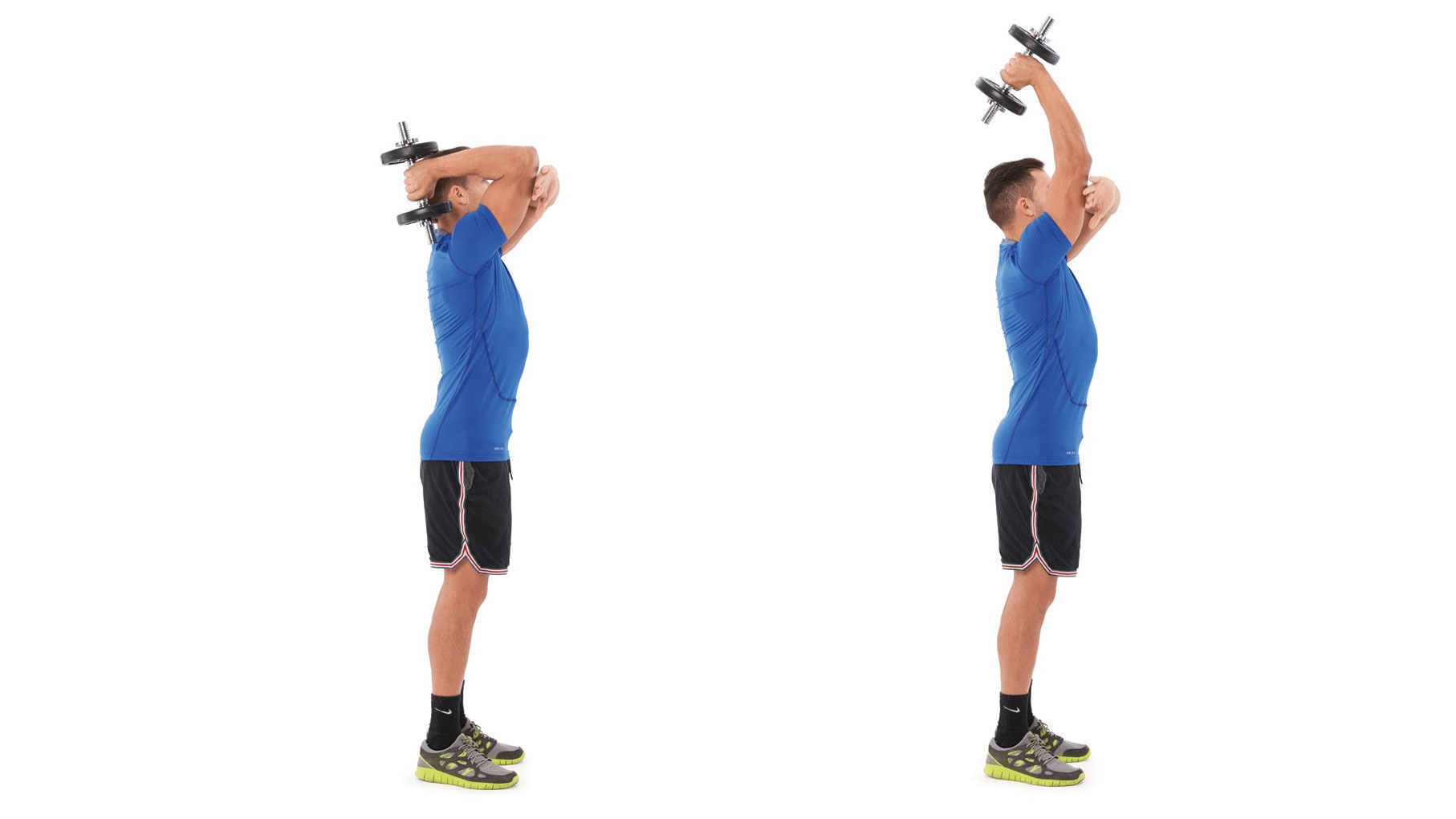
This single-arm variation features support for your triceps, and stretches your other arm in the process. Your non-lifting arm should offer support, and just enough resistance to your triceps to help stop your arm dropping down towards your chest.
- Pick up a dumbbell in your right hand with an overhand grip and lift it over your head. Place your left hand on your right arm, just below the elbow.
- Slowly bend your right arm back until the end of the dumbbell is touching the top of your back. Your left hand should remain on your right arm. Pause, before slowly returning to the starting position.
- Complete the prescribed number of repetitions before switching arms.
Arm curl with dumbbells
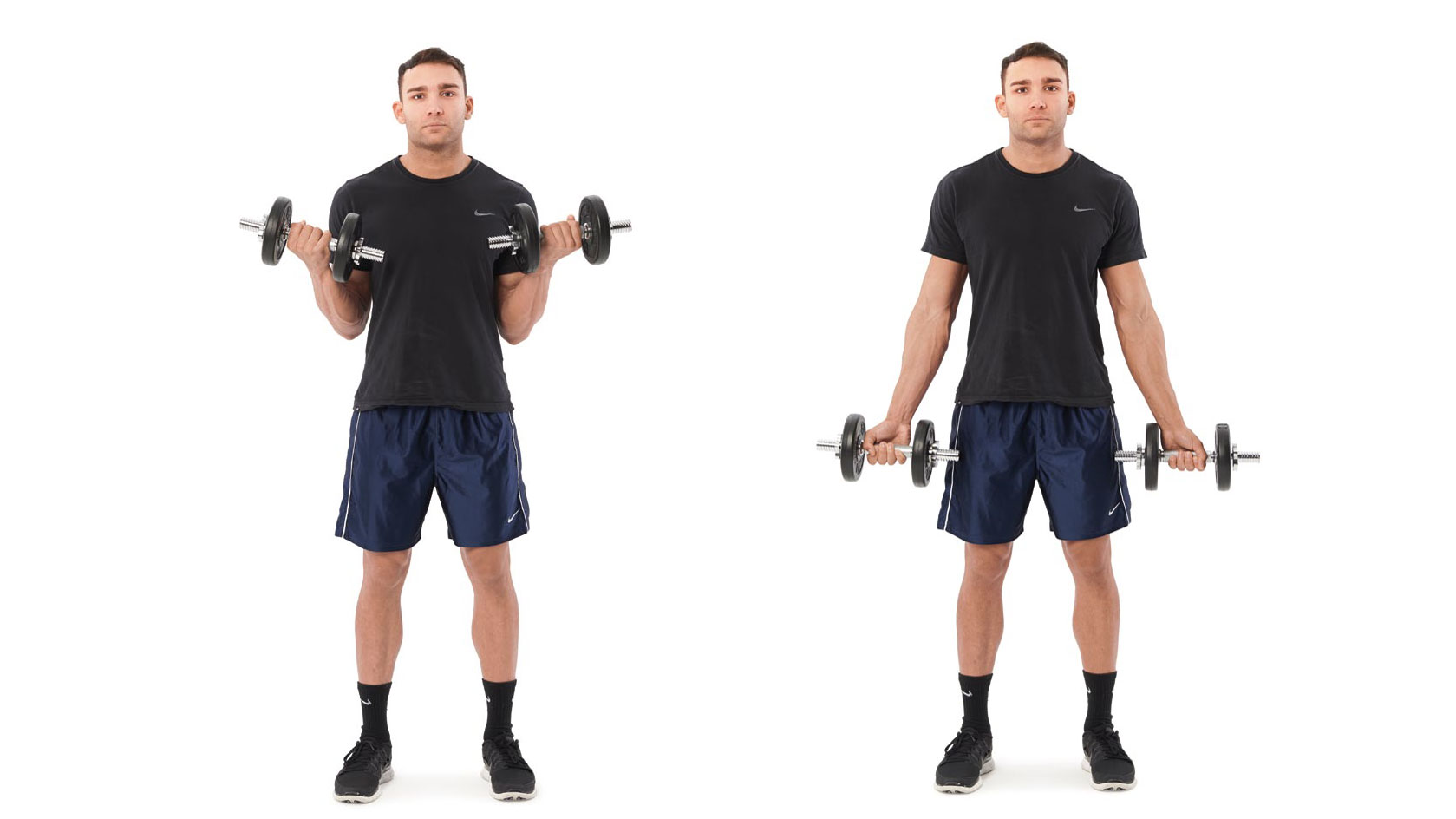
Arm curls are the perfect exercise if you’re looking to get bulging biceps.
- Pick up a pair of dumbbells with an underhand grip, so that your palms are facing away from your body. Stand up tall with your feet shoulder-width apart, holding the dumbbells down by your side at arm’s length.
- While keeping your upper arms still, lift the dumbbells towards your shoulders using a curling motion. Although the power comes from your biceps, the movement should come from your elbows. Pause, and then lower the dumbbells back to the starting position.
Twisting arm curl with dumbbells
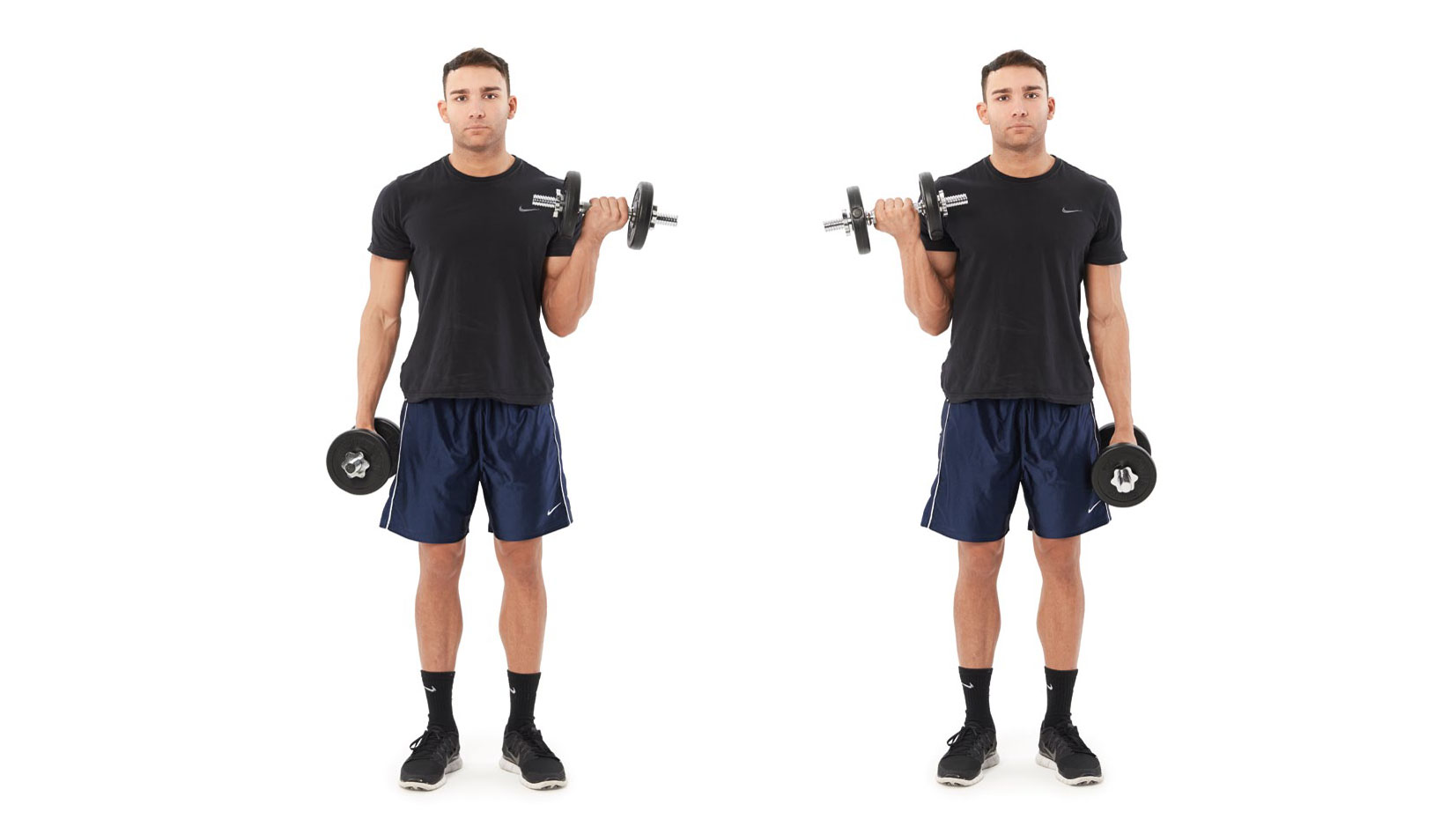
Work a wider range of muscles using this variation with a twist (literally).
- Pick up a pair of dumbbells and hold them down by your sides, with your palms facing your thighs. This is what’s known as a hammer grip.
- While keeping your upper arms still, lift the dumbbells towards your shoulders using a curling motion. As you lift, rotate your wrists so that your palms end up facing your shoulders at the top of the movement.
- Pause, then slowly return to the starting position.
Preacher curl
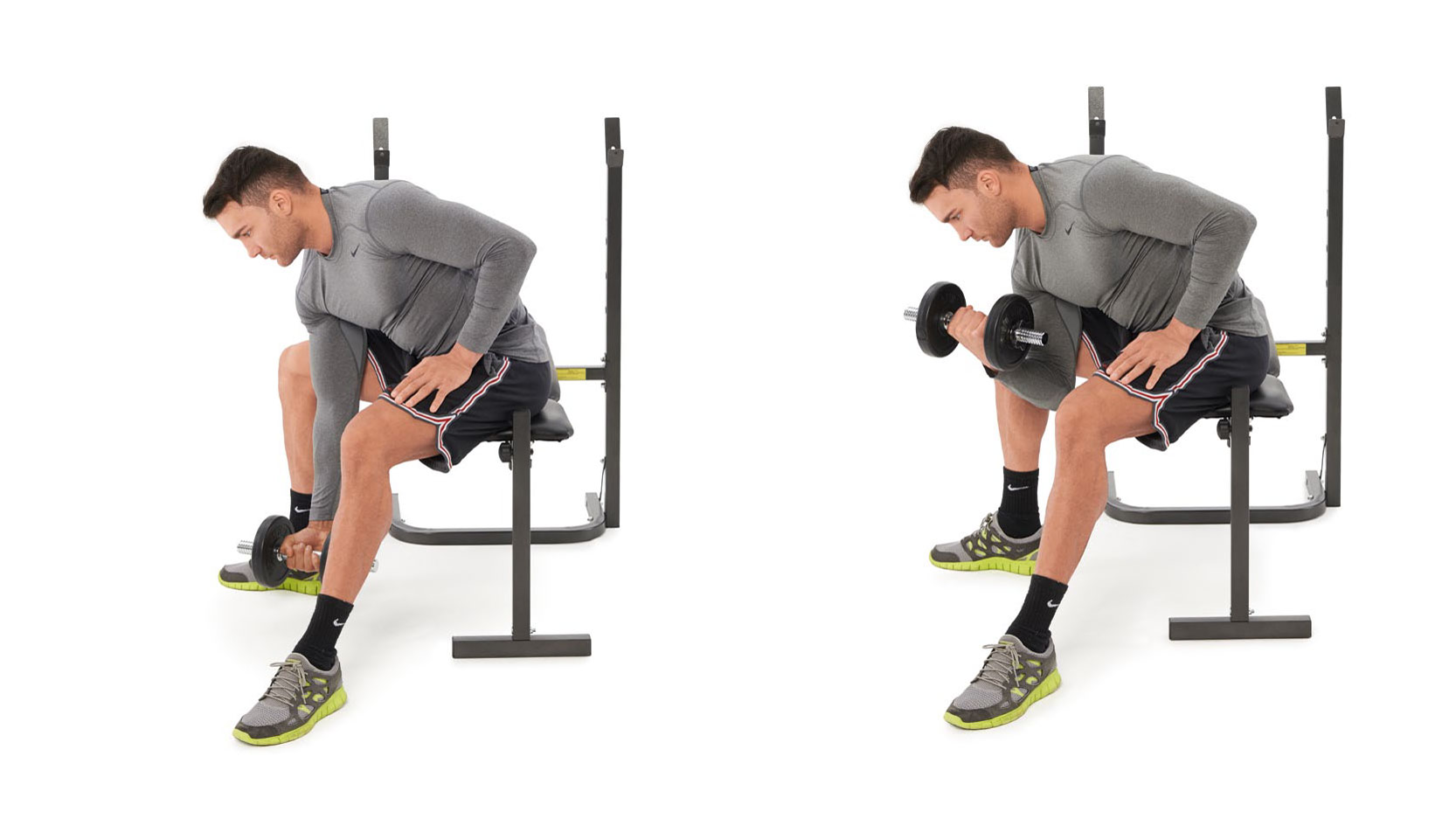
This classic exercise is best performed with a heavy dumbbell.
- Sit on the edge of a weights bench with your legs spread wide and place a dumbbell between your feet. Place your left hand on your thigh. Bend over until the dumbbell on the floor is at arm’s length, and grab it with your right hand using an underhand grip.
- Without moving your upper arms, lift the dumbbell up to your shoulder in a curling movement. Pause, then slowly lower it back to the starting position.
Liked this?
Matt Evans is an experienced health and fitness journalist and is currently Fitness and Wellbeing Editor at TechRadar, covering all things exercise and nutrition on Fit&Well's tech-focused sister site. Matt originally discovered exercise through martial arts: he holds a black belt in Karate and remains a keen runner, gym-goer, and infrequent yogi. His top fitness tip? Stretch.